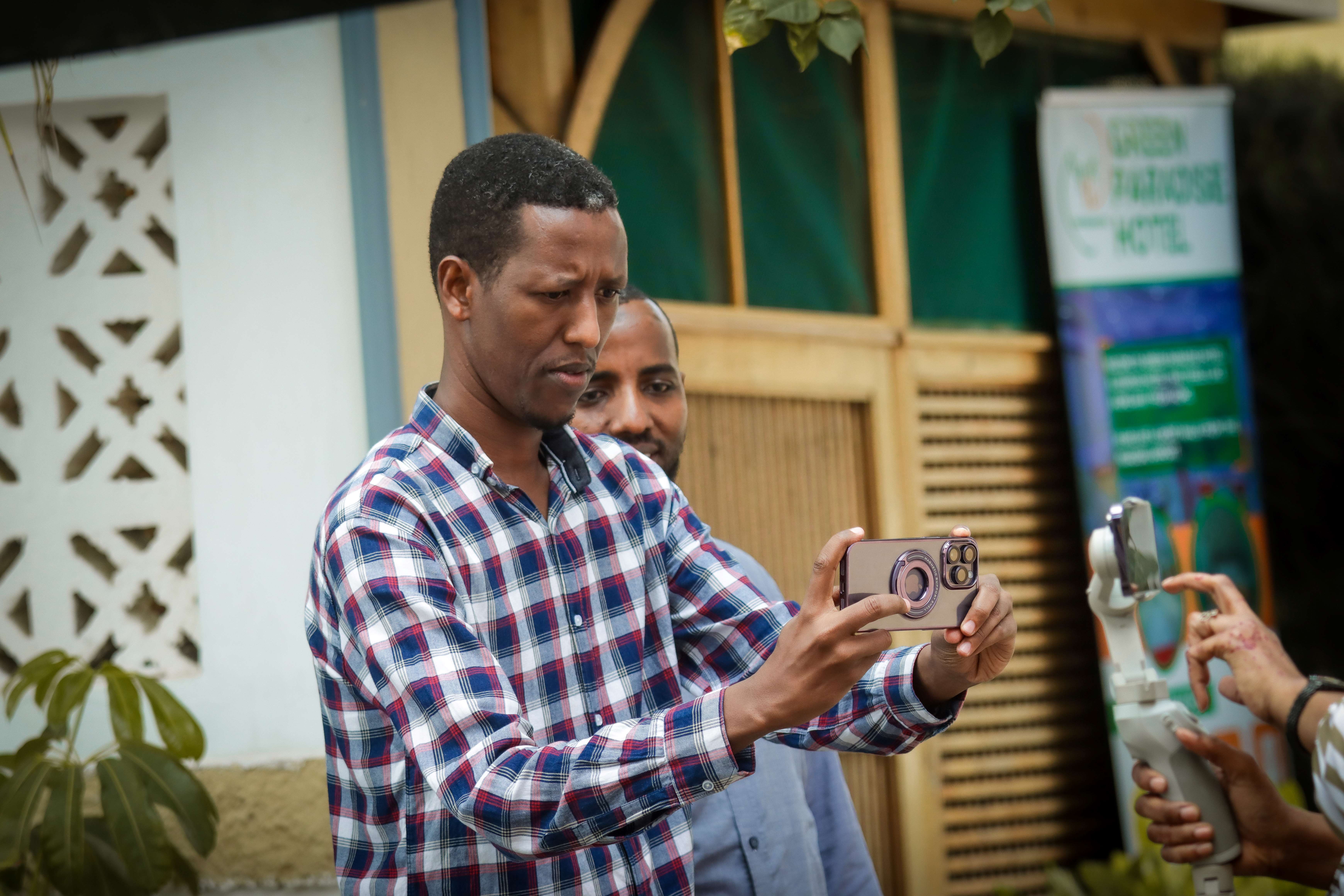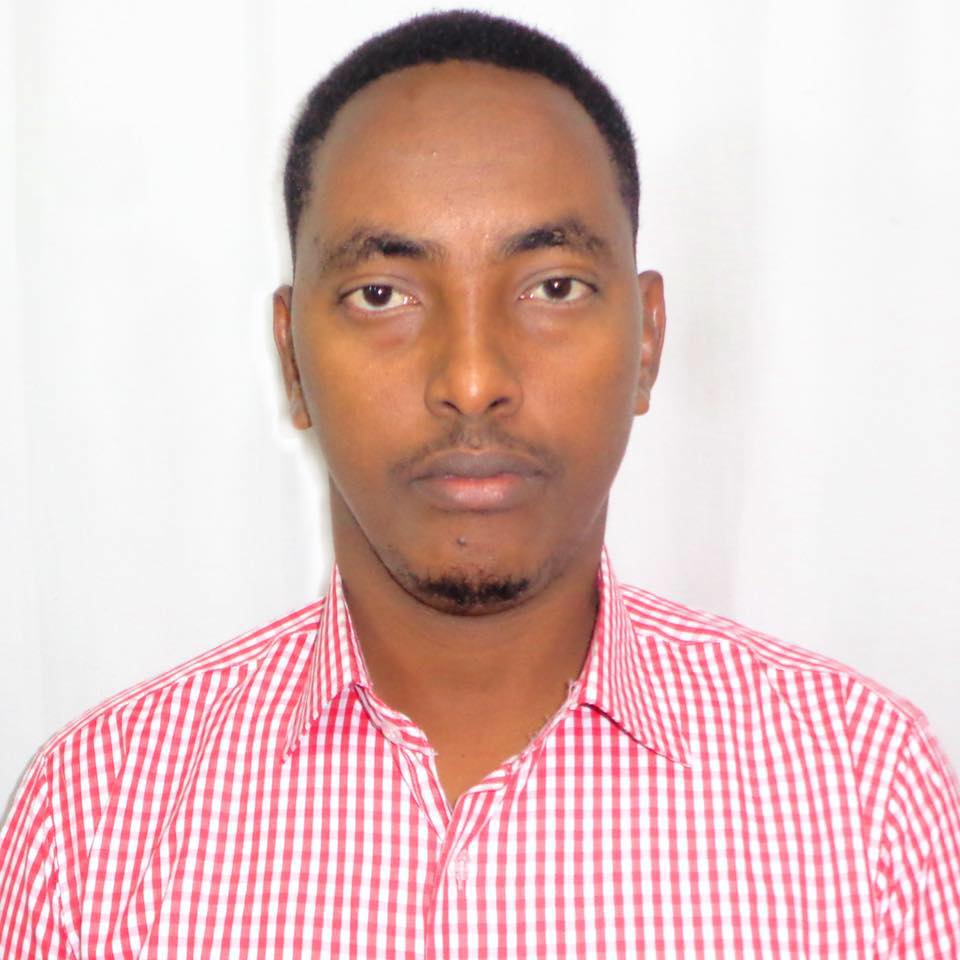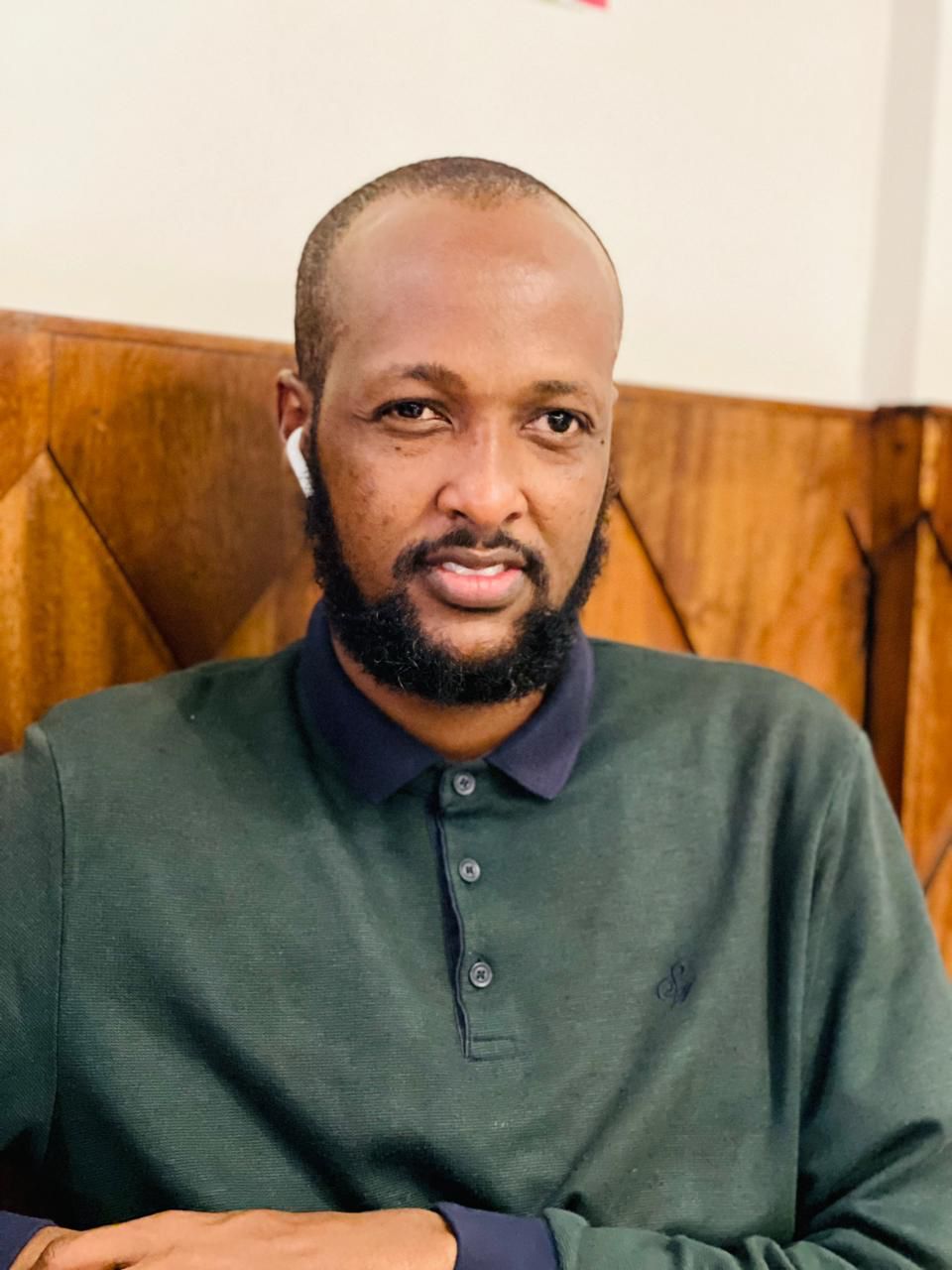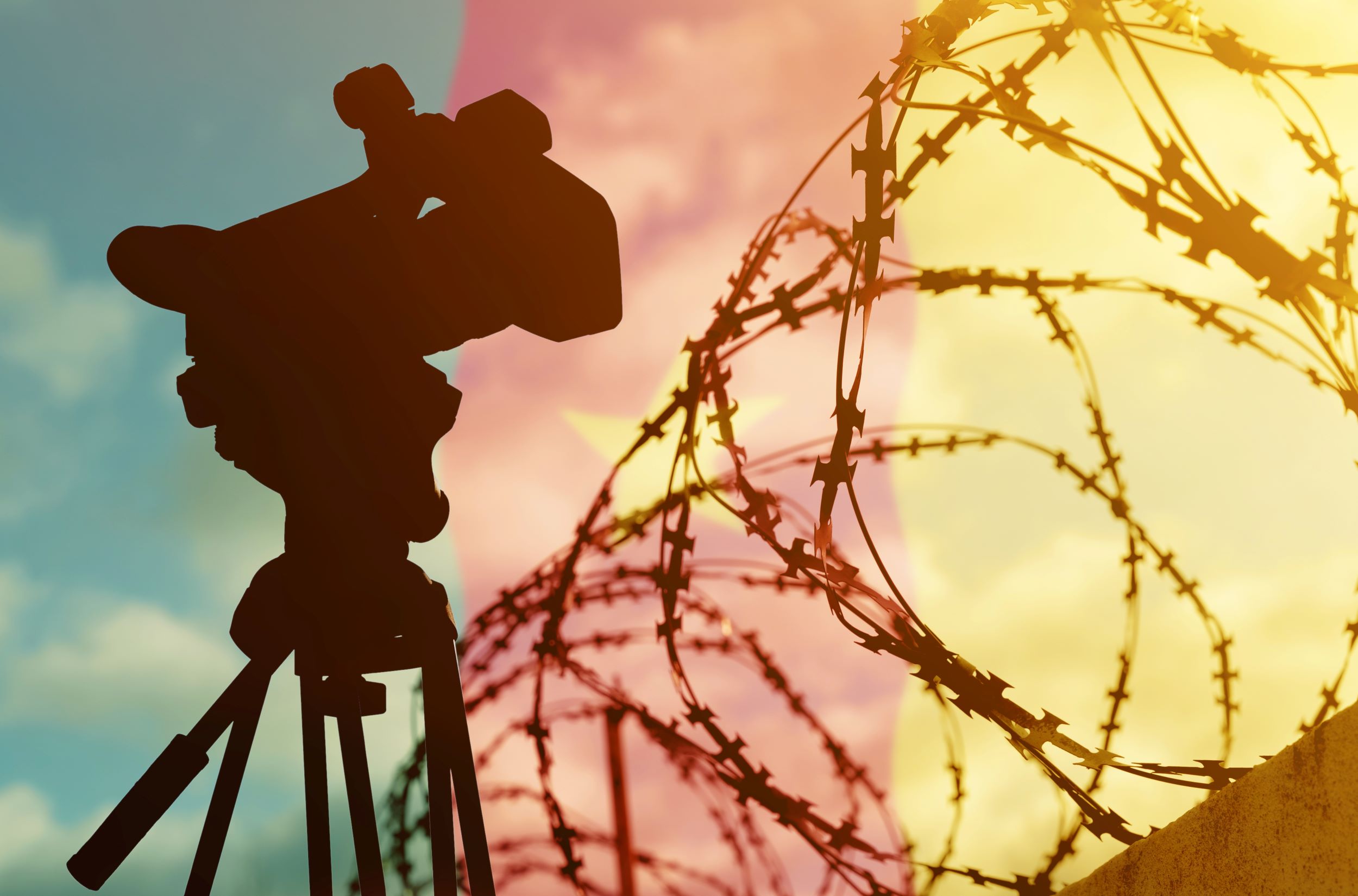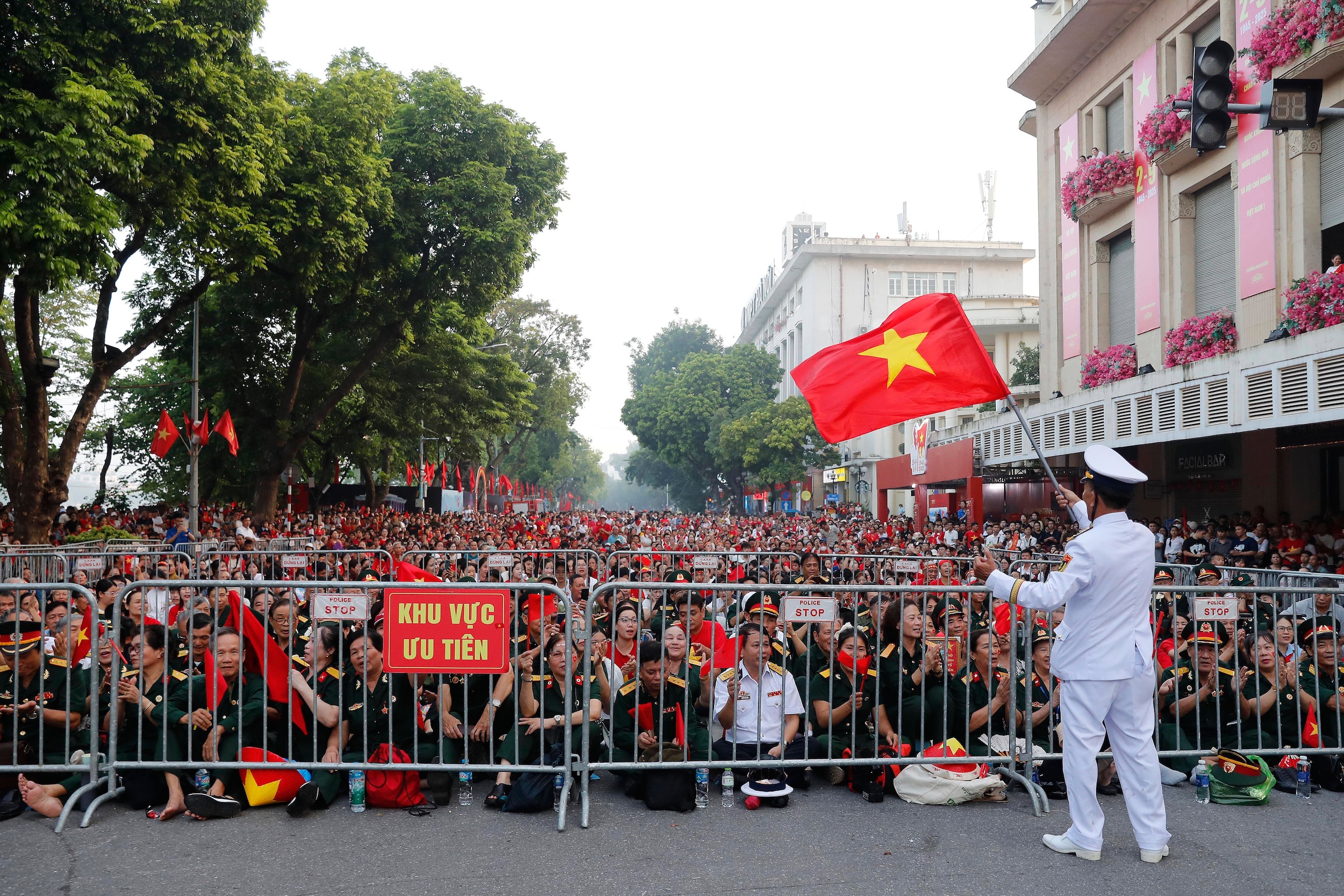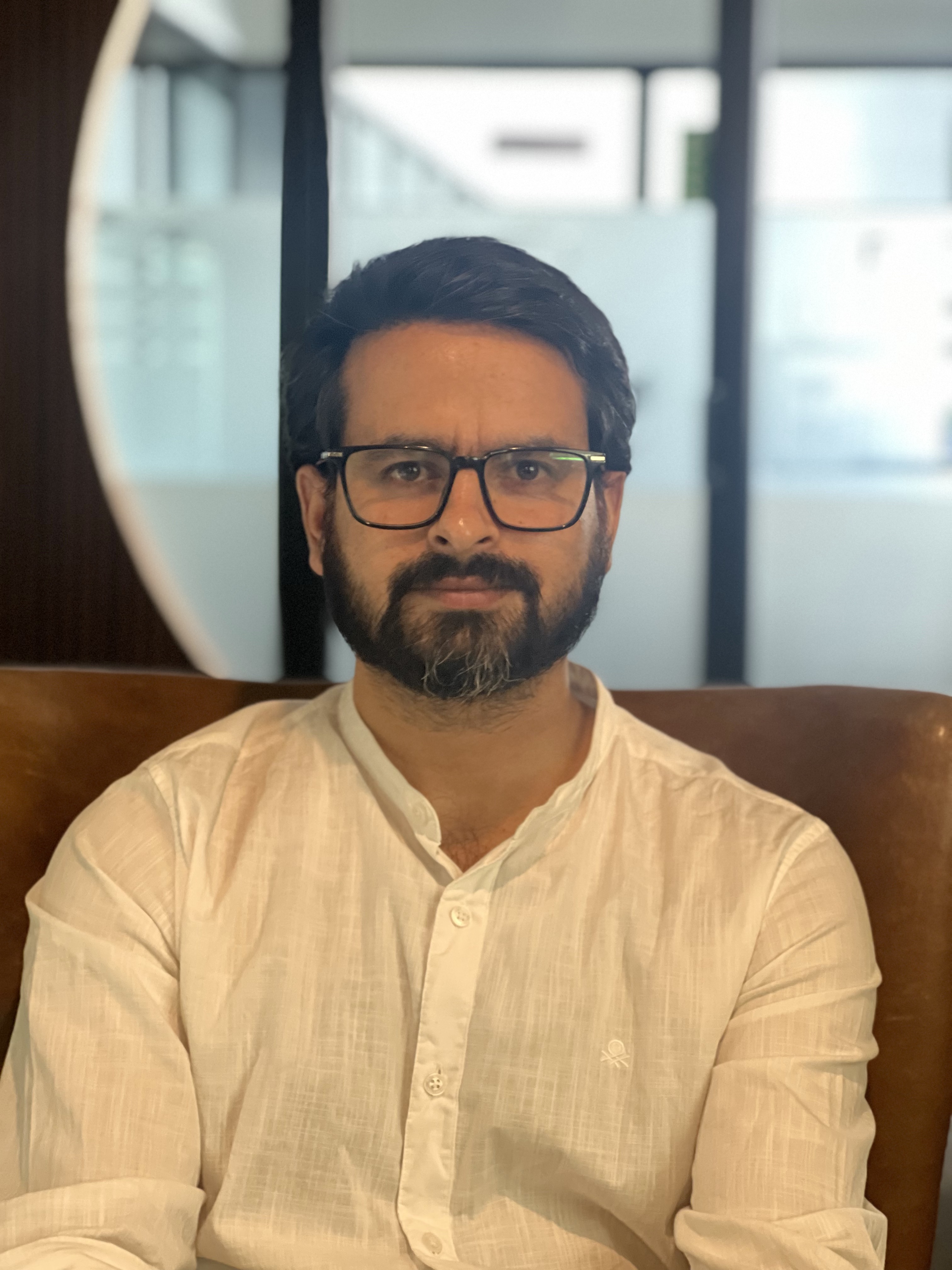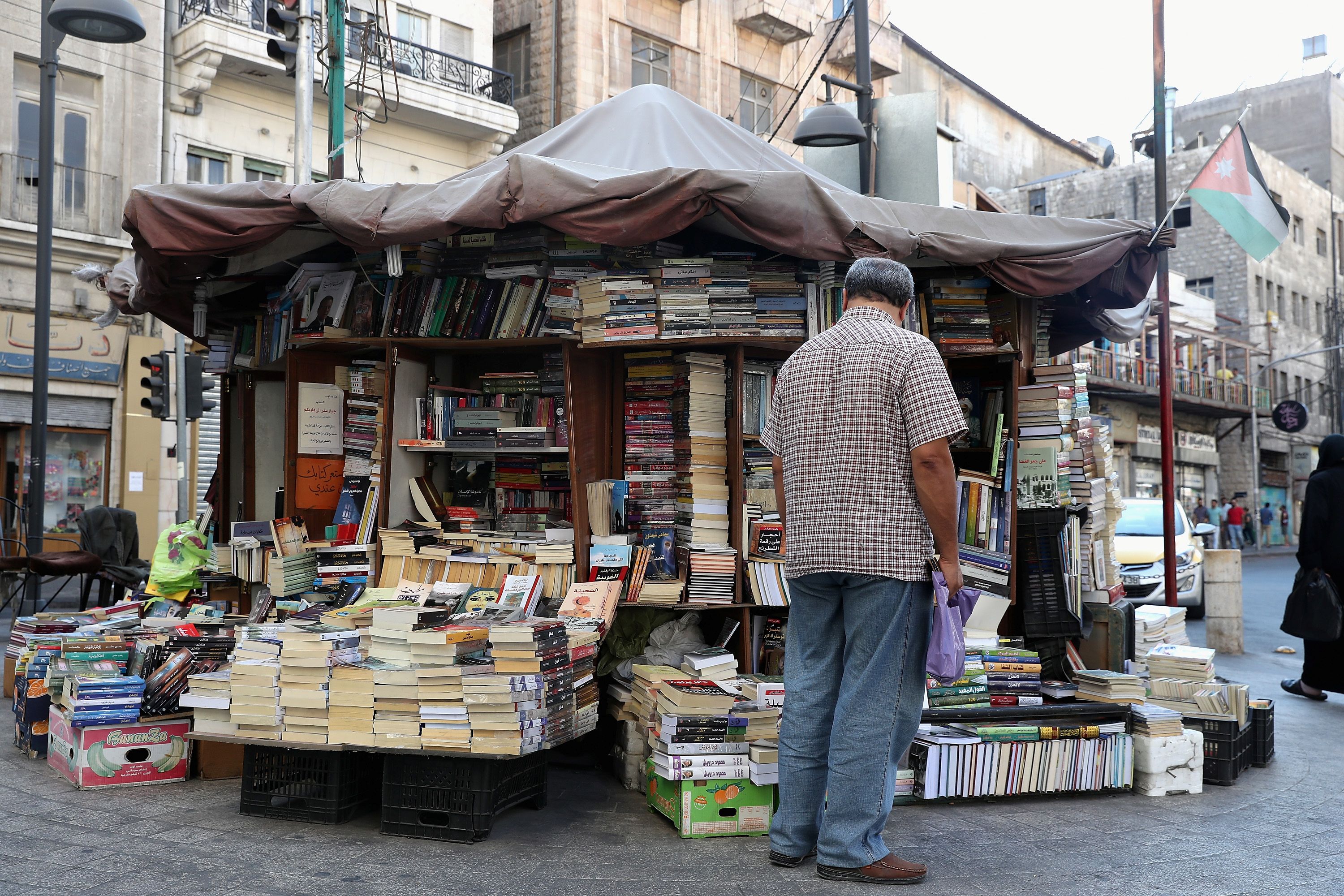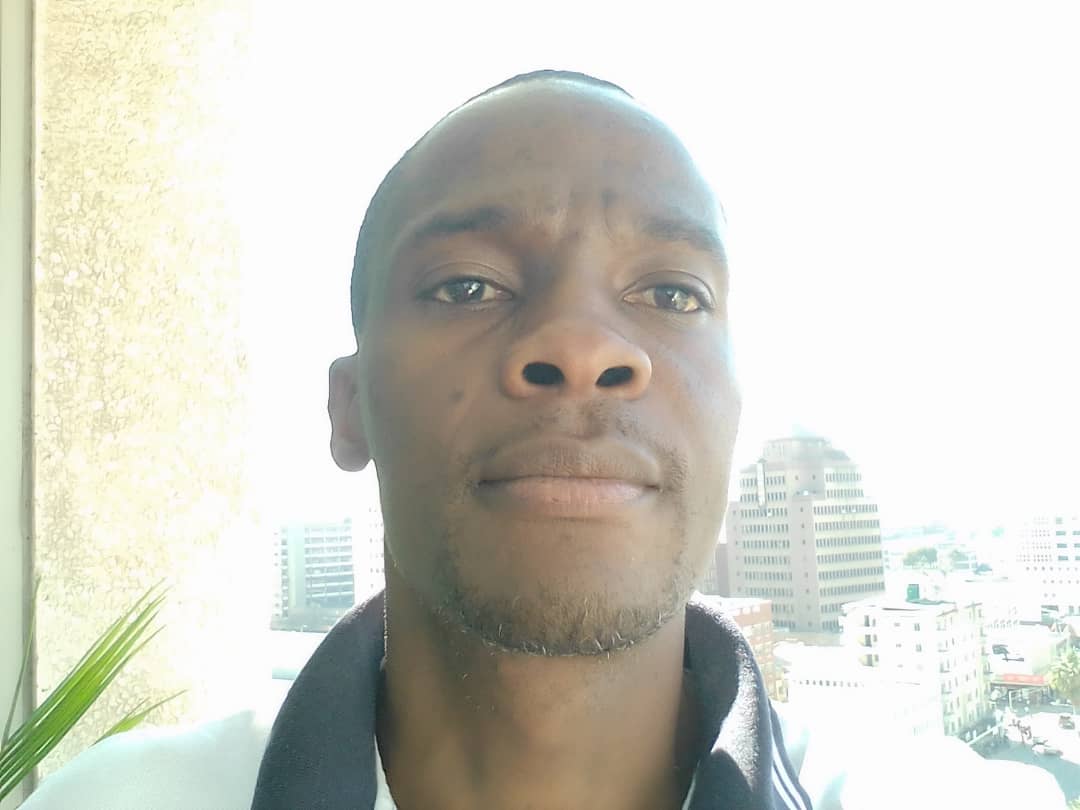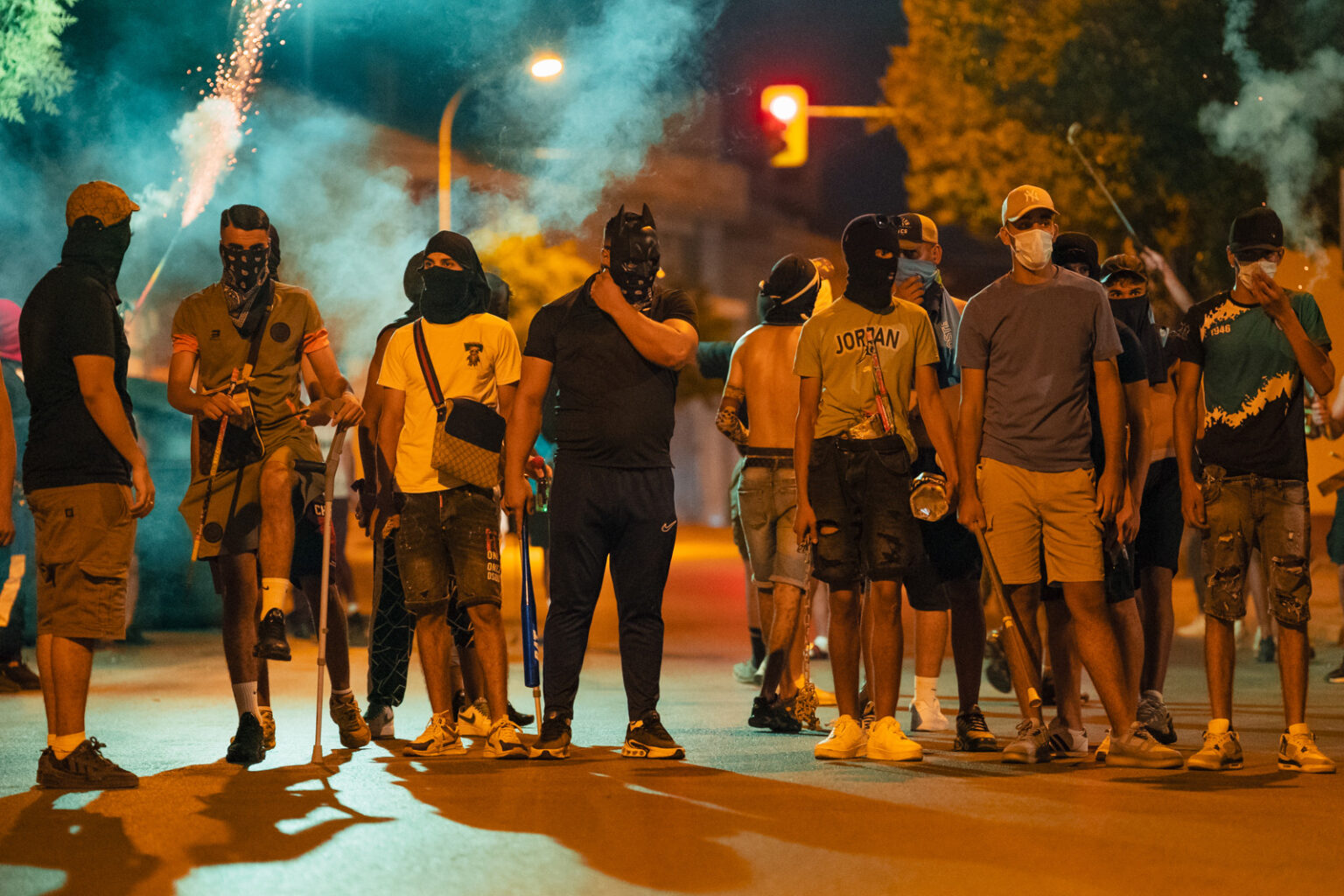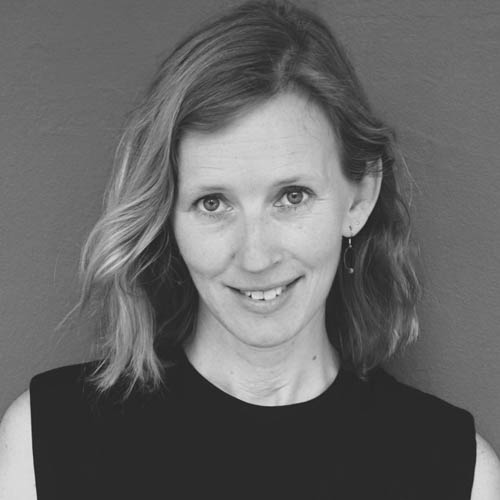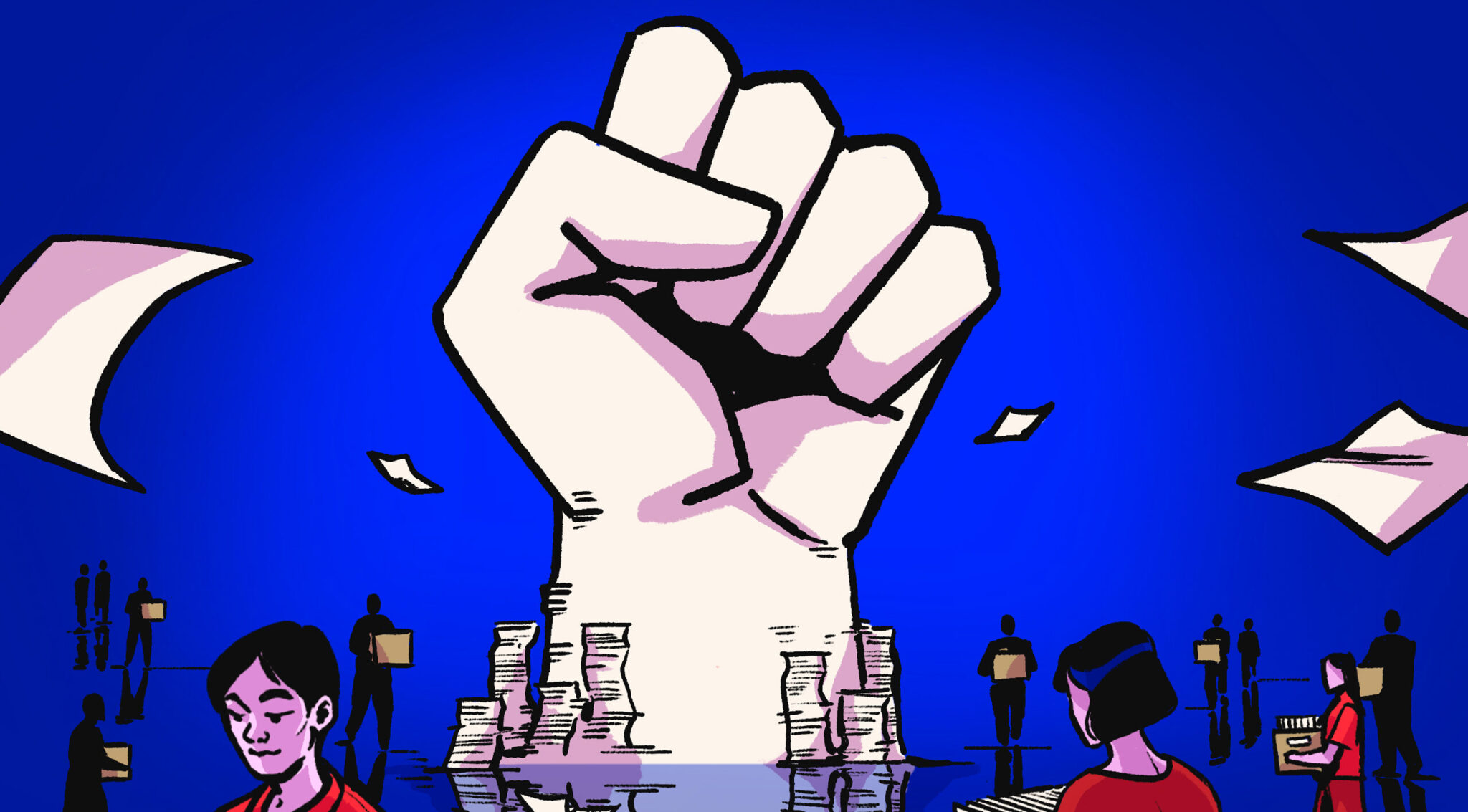This article was originally written in Arabic and translated into English using AI tools, followed by editorial revisions to ensure clarity and accuracy
Journalism colleges in Somalia are struggling to survive due to outdated curricula, lack of practical training, insufficient funding, and a shortage of qualified educators, leading to declining student enrollment and interest. Despite efforts by institutions like Mogadishu University and Hormuud University to revive journalism education, these challenges persist, threatening the future of journalism in the country.
There is little question that the conversation about improving journalism institutions and allowing them to adapt to the digital era is ongoing and evolving. The continuing closure of journalism institutions and their incorporation into other schools, notably literary or political and administrative studies, enriches the conversation regarding improving journalism curriculum throughout the Arab world.
This follows a noticeable decline in university performance due to the backwardness of journalism studies curricula for applying those philosophies and theories, lacking the applied dimension and having stopped at the philosophical and theoretical aspects for reasons that can be limited to weak funding and the decline in interest in studying them by new students, and finally the lack of interest in developing them with the gap between what is taught. Somali journalism colleges lack financial resources and competencies, making it impossible to see a spectacular revival. Journalism colleges in Somalia, which have not developed, will fail if Arab universities fail to produce a curriculum. Journalism has cost journalists for decades, with over 70 killed since 2007.
Journalism Colleges Between Traditional and Digital
In 1979, Siad Barre founded the first journalism college. Somali nationalism was prevalent at the time, so it achieved some success and graduated the journalistic elite from the first media generation. The National University collapsed in 1990 and was replaced by small journalism institutes that did not have scientific curricula but were modest attempts to fill the void. Mogadishu University was the first post-civil war institution to offer journalism. Since 2004, seven classes have been taken by the Faculty of Political Sciences and Media. After Hormuud University founded the Journalism Department in 2018, two batches graduated. Then came the National University, which began journalism studies in 2017 after almost three decades. Three batches have graduated.
These colleges offer journalism studies similarly, but their titles vary. There is no ideal atmosphere for studying journalism, and they face numerous problems, which has led journalism students to choose alternative degrees. This has led many of its students to enrol in other universities in search of degrees that guarantee them a future with promising job prospects, while few survive to the end of their academic journey, as classes begin in the first academic year with 30–50 students and decrease with the exposure of the flaws in studying journalism and its curricula, in addition to the absence of to the absence of the practical aspect of journalistic theories and knowledge.
Classes begin in the first academic year with a number ranging between thirty and fifty students, and this number decreases with the exposure of the flaws in studying journalism and the flaws in its curricula, in addition to the absence of the practical aspect of journalistic theories and knowledge.
While journalism has its college and different degrees such as radio, television, newspapers, cinema acting, and directing, studying journalism in Somali universities is a different matter, as there are no different degrees for journalism colleges. It is taught only through general theories about journalism, a fair number of subjects and courses for requirements, and other university supplements such as knowledge of language, law, and economics. Journalism colleges face complex challenges that hinder their future continuity, as follows:
- Lack of competencies in teaching journalism curricula:
The number of professors holding doctorates and master’s degrees in journalism studies in Somalia can be counted on one hand, which actually hinders the process of developing journalism curricula and colleges. Therefore, most universities rely on the students who graduate from them to study journalism and do not hold higher degrees other than a bachelor’s degree in journalism. They lack years of experience in researching journalism studies, which is also a problem that affects the outputs of these colleges and the performance of their members after graduation.
- Lack of digital training centres for journalism colleges:
Somali universities that offer journalism degrees do not have training centres to apply theories and journalism studies, which also represents another challenge facing journalism colleges, and they need application halls and rooms equipped with the latest technology to apply journalism curricula practically, but the administration of these universities does not even bother to think about establishing applied fields for journalism curricula or searching for partnerships with specialised institutes that have applied fields for journalism curricula.
- Lack of funding and poor demand for journalism degrees:
Most universities in Somalia (more than a hundred universities) are private sector and are purely for-profit, so funding for journalism colleges looks at the expected returns from this degree. If there is poor demand for them, then the financial funding is allocated to other colleges, such as medicine, engineering, and computer science.
Most universities in Somalia are private sector and are purely for-profit, so funding for journalism colleges looks at the expected returns from this degree.
Figures and Facts
As most local media outlets are run by unqualified staff and some were founded for profit rather than to change convictions and create a public good, many graduates have started working in other fields due to the lack of job opportunities that match their basic education. Note that journalism is in low demand, and university scholarships for journalism students have not proven successful. A study I conducted with fifty recent high school graduates found that 48% do not view journalism as a four-year degree, and 22% considered the scarcity of job opportunities for journalism college students a significant obstacle.
Another survey of 30 graduates found that 55% feel journalism institutes in Somalia lack the practical factor, reducing educational achievements by 27%. This indicates the significant philosophical-practical divide in journalism universities and the lack of journalism science and knowledge specialists, reaching 18%. Mogadishu University, which founded the College of Journalism in 2004, graduated 98 students (82 males and 16 females), indicating that journalism colleges in Somalia and three prestigious universities in the study have fallen below standards. After reopening in 2014, the National University re-taught journalism in its colleges in 2017, graduating 66 students (39 males and 27 females) from three batches. Hormuud University, which began teaching journalism in 2018, graduated 42 students from two batches.
Journalism Colleges in Somalia: An Unknown Future
Journalism colleges in Somalia are experiencing a clinical death phase and are heading toward an uncertain future. If local and regional efforts do not come together to support them, they could head toward one of the following scenarios:
- The spectre of closure:
This is the most likely scenario currently. Some universities have closed the College of Journalism after students were reluctant to join it. It resumed its activity and turned it into a department and then into a college.
- Remaining on the margins:
Most universities in Somalia currently rely on this situation without seeking to establish a college of journalism. Therefore, it has become an annex and part of the Department of Arts or the College of Political and Administrative Sciences or Humanities, which weakens its position among colleges in the country.
The Experience of the Somali Digital Media Academy
In an era when technology is accelerating, and people are increasingly dependent on digital media, there is an urgent need to develop and modernise the field of media in the Arab world. Somalia, as one of the countries seeking progress, has presented a unique model through the “Somali Digital Media Academy.”
The Somali Digital Media Academy was established on 1 February 2017 to fill the void left by the absence of journalism institutes in the country because of the war that broke out in the country in the early nineties, while local media outlets suffered from a shortage of journalistic staff capable of keeping pace with new media technologies. The academy aims to train and qualify young people in modern digital media skills through courses in multimedia, photography, television production, design and e-marketing, and other intensive courses in the field of digital media.
The Academy and the Labour Market
Thanks to its practical training, the academy has contributed to introducing Somali youth to the labour market, which has facilitated their search for job opportunities that match their skills and the needs of the local market. Since its establishment, the academy has graduated about three thousand trainees, of whom women constitute about a third. While traditional colleges focus on the theoretical aspect only, the academy comes to fill the gap between theory and application, making it an ideal model for media education in the digital age.
Examples of Success Stories
The Somali Digital Media Academy documents stories and live examples of the success of its graduates. Here are some of them:
1. Khadra Beed’s story: She works in a local channel as a children’s director and TV camerawoman
2. Hanan’s story: A producer in the local Asl channel, a camerawoman, and a producer
3. Abdul Razak Ahmed: A TV cameraman in a media services production company
Challenges and recommendations:
Despite the successes achieved by the academy, it faces several challenges, the most prominent of which are:
1. Keeping pace with rapid developments in the field of digital media.
2. Financial challenges that hinder development.
3. It is difficult for the academy to receive a large number of trainees who are unable to pay course fees and training courses.
4. Modern studies are needed to ensure the provision of high-quality training.
To meet these challenges, support can be sought from donors willing to help low-income people. However, market acceptance of graduates remains important to ensure the continuity of the academy. Therefore, it is recommended to strengthen partnerships between the academy and the private sector and continuously update curricula.
